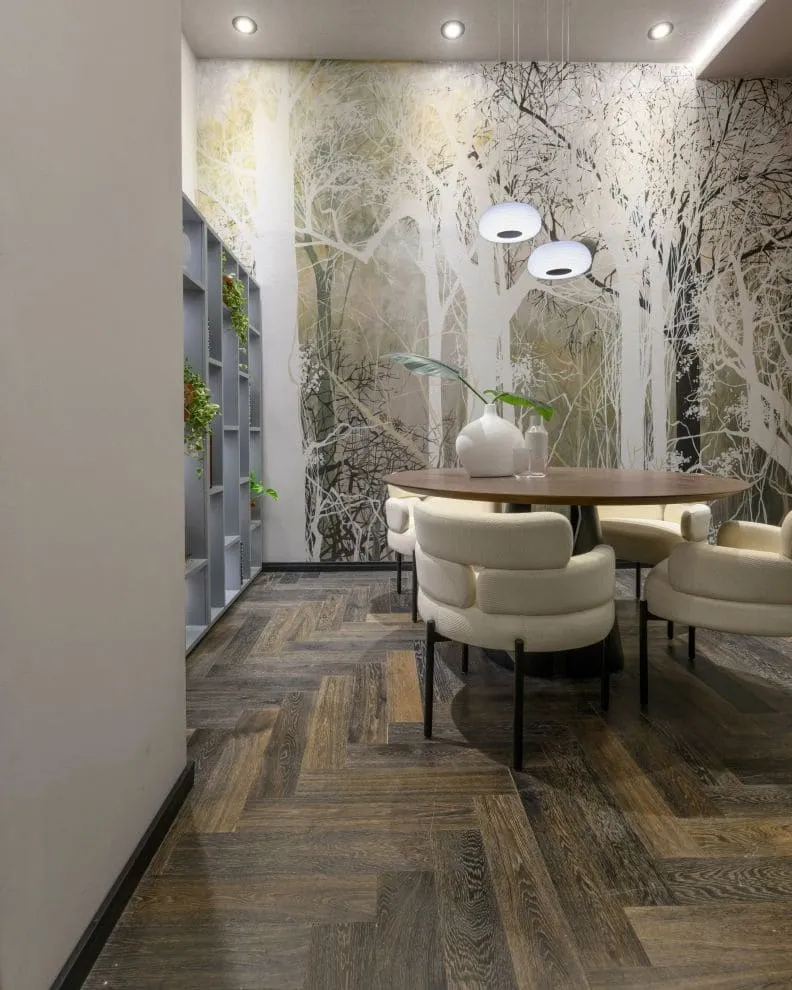-
Online products available in the U.S. market
- Registration / Log in
Online products available in the U.S. market
Optimize your projects with the correct selection of architectural profiles
Choosing the right profile is essential to ensure functionality and aesthetics in any architectural project. Profiles not only provide flawless finishes but also protect and prolong the lifespan of surfaces. In this guide, we will explore the different types of profiles and their applications, helping you make informed decisions for your projects.
"A well-chosen profile is the key to a durable and aesthetically harmonious finish."

In the world of architecture and interior design, profiles are essential components that blend function and aesthetics. They not only protect edges and surfaces but also provide visual continuity, safety, and a professional finish for floors and walls. With so many materials, shapes, and applications available, choosing the right profile for each project is key to ensuring durability and quality. In this guide, we’ll walk you through everything you need to know to make the best choice.
Aluminum profiles: They offer an excellent balance between weight and strength, making them ideal for both interior and exterior applications. Their anodized finish provides durability and a modern appearance. They are perfect for exposed corners and edges, protecting them from damage while adding a decorative touch.
PVC profiles: These are cost-effective and easy to install. They resist moisture, making them suitable for areas such as bathrooms and kitchens. Available in a variety of colors and finishes, they allow for harmonious integration with different design styles.
Stainless steel profiles: Known for their high resistance to corrosion and durability, they are ideal for industrial environments or areas with high moisture exposure. Their glossy or matte finish adds an aesthetic detail to any space.
Aluminum floor profiles: These are lightweight and durable, ideal for high-traffic areas. They offer excellent wear resistance and are available in various finishes to complement any interior design.
Step protectors: Designed to protect the edges of steps, preventing wear and reducing the risk of slipping. They are available in materials such as aluminum and PVC, with non-slip surfaces for added safety.
Tile trims: These are decorative profiles inserted between tiles to create patterns or highlight certain areas. Available in a wide range of materials and finishes, they allow customization of bathroom and kitchen designs.
LED profiles: These integrate LED lighting into aluminum profiles, offering indirect lighting solutions that enhance interior architecture. They are ideal for creating cozy and modern atmospheres.
Angles and rods: details that make a difference
Angles and rods are essential elements for achieving precise finishes and protecting the corners and edges of surfaces.
Aluminum and stainless steel angles: These provide additional protection to exposed corners, preventing damage from impacts. They are easy to install and provide a clean, professional finish.
Flexible rods: These are ideal for applications on curved or irregular surfaces, allowing for a perfect fit without compromising the integrity of the design. They are available in various materials and finishes to complement any project.
Material: Choose the material that best suits the environmental conditions and intended use. For example, in damp areas, stainless steel or PVC may be more suitable than aluminum.
Dimensions: Ensure that the profile dimensions are compatible with the thickness of the coverings and the project specifications.
Finish: Choose a finish that complements the overall design of the space. Matte finishes offer a more subtle appearance, while glossy finishes add a touch of luxury.
Functionality: Consider the main function of the profile, whether protection, decoration, or both. Some profiles offer additional features, such as non-slip properties or the ability to integrate lighting.
